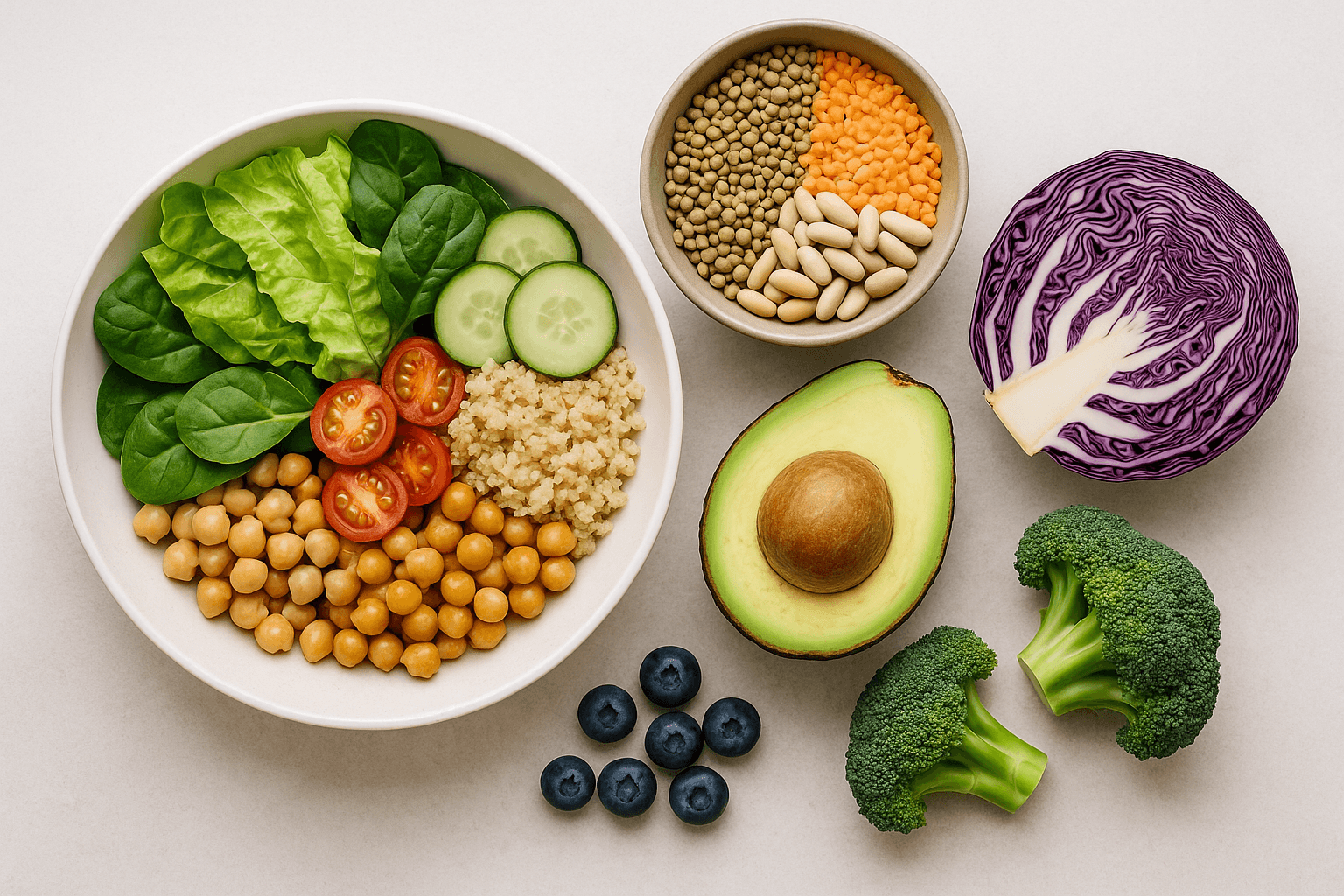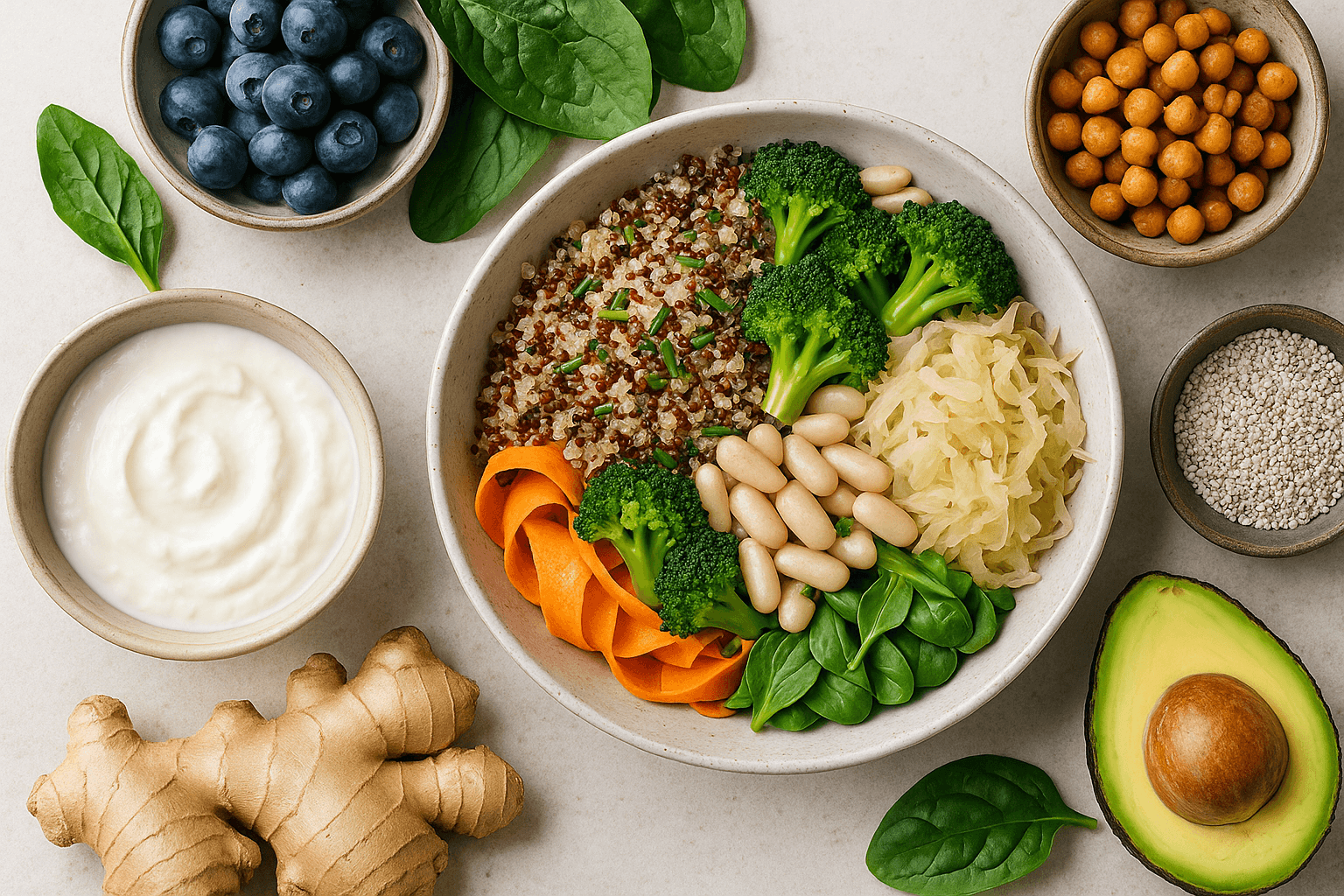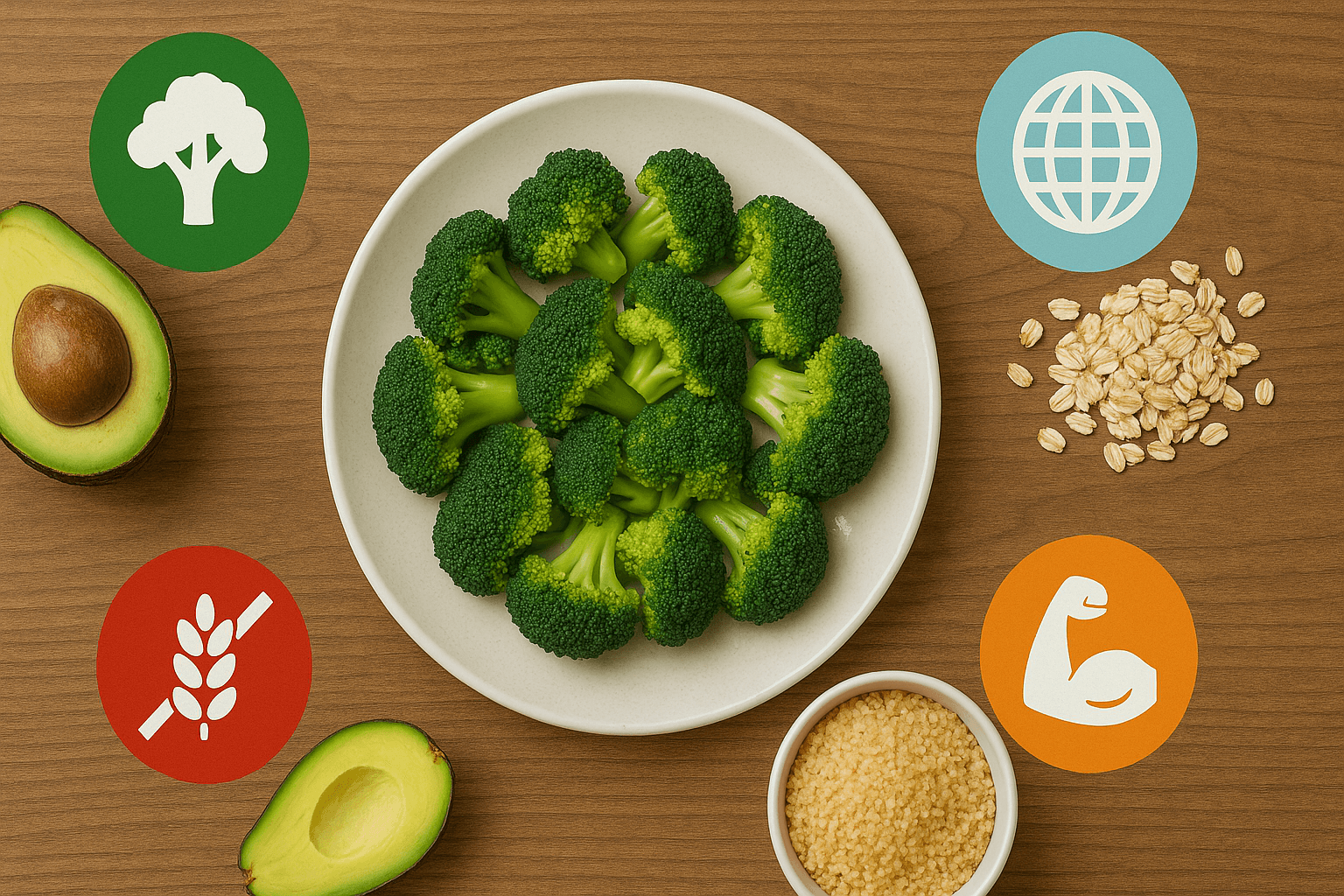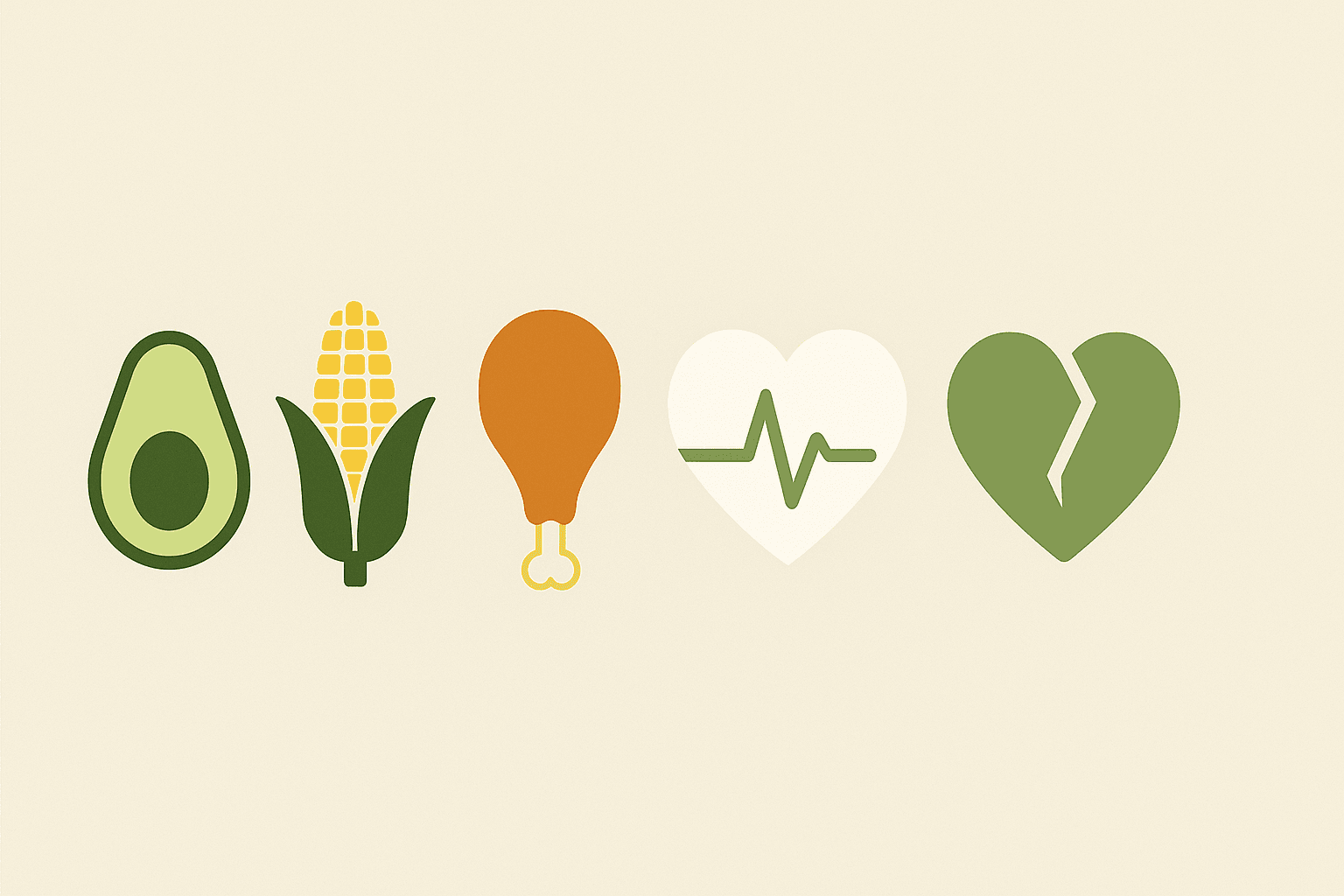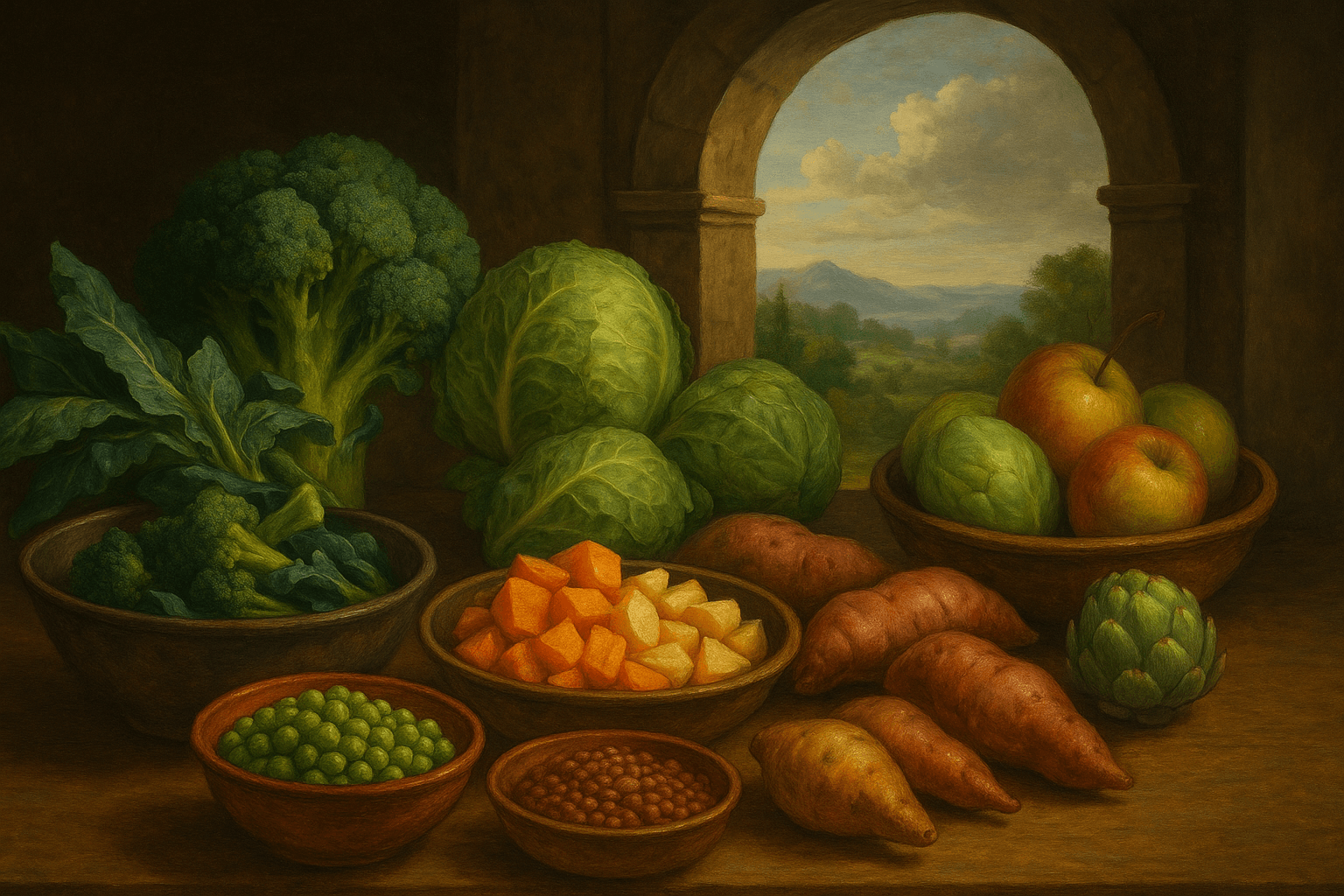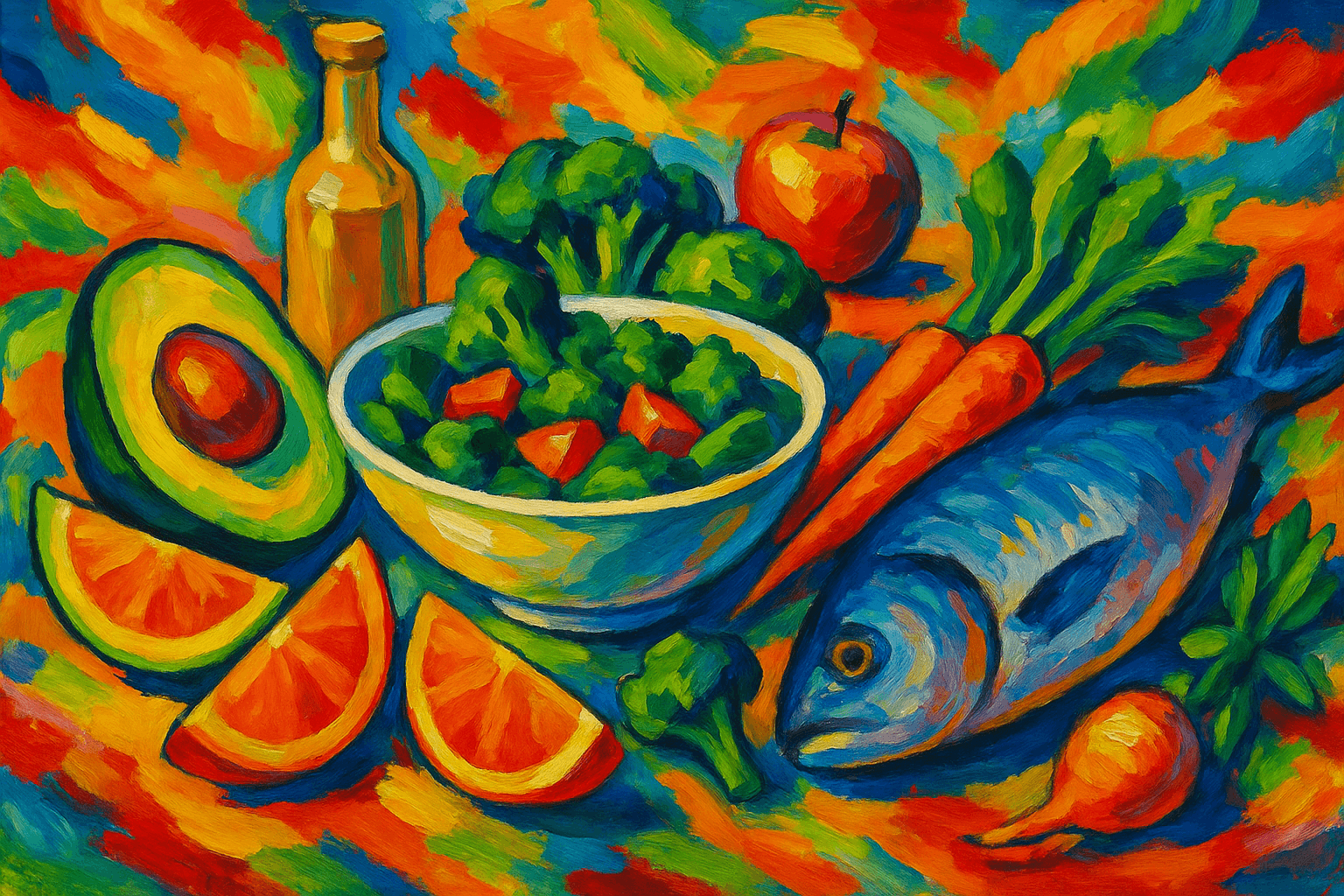Special Diets Unveiled: The Truth, the Science, and How to Find What Works for You
Published on July 23, 2025
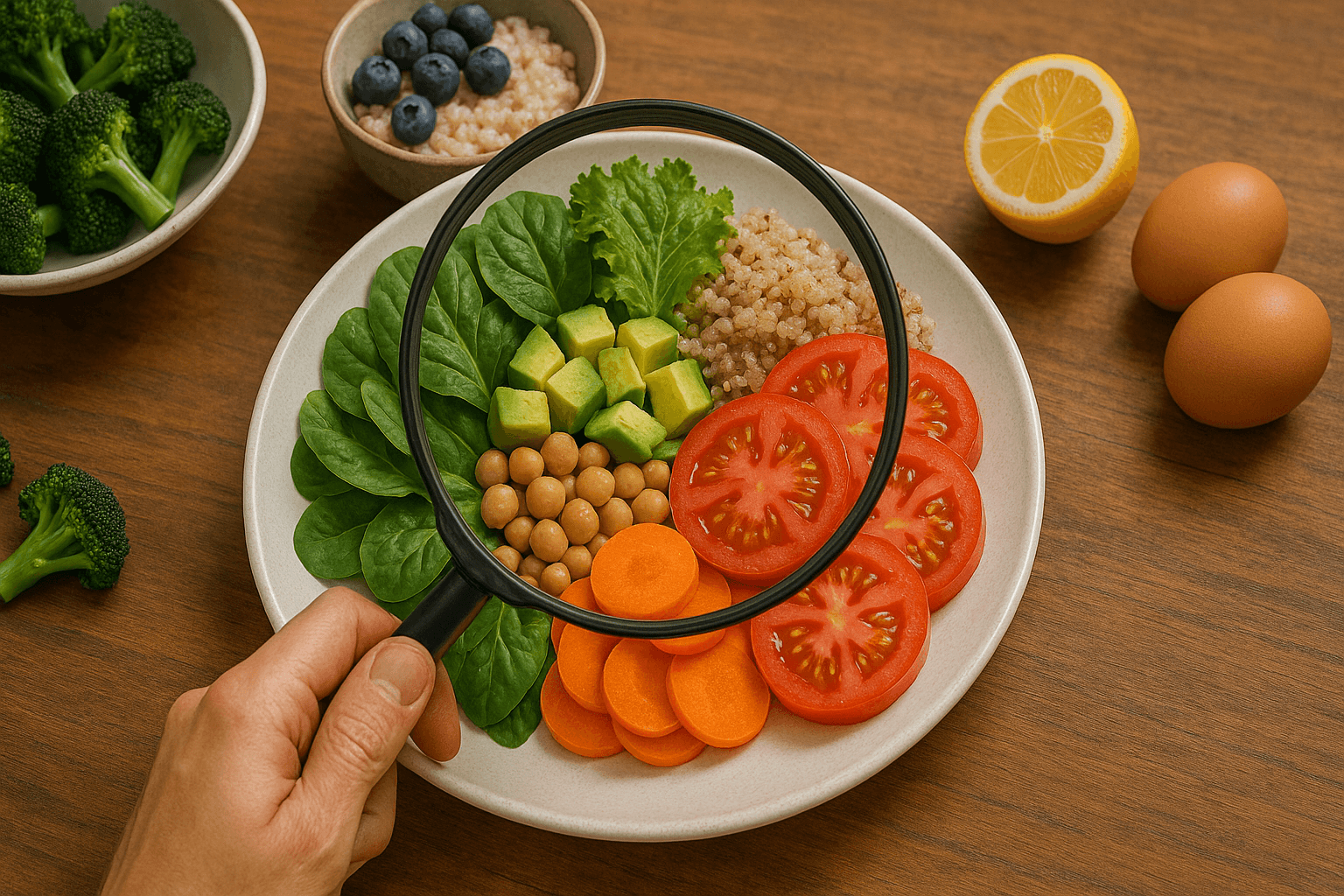
You know that diets are the world’s greatest obsession, after and in conjunction with Beyoncé, based on what you have ever read in a magazine or glanced at on social media or seen dangled from a grocery store shelf. It seems like every week, a new “miracle plan” or “life-changing rule” appears — Paleo! Keto! Gluten-Free! Vegan! Now, suddenly, everyone’s an expert and there’s a stampede of fresh buzzwords and celebrity endorsements. It can be overwhelming, all this advice, and no wonder we tune it out and are left feeling bewildered, frustrated or burned out. But beyond all the hype and headlines, what’s the big deal? What actually works? And perhaps most of all, how the hell do you wade through the noise to figure out a method of eating that actually jibes with your body, your worldview, and your real life — as opposed to some perfect thing you saw on Instagram?
As a dietitian who’s spent years digging deep into the science and working to make sense of the madness with real people, I can tell you this truth: There is no universal “one size fits all” plan, and there never will be. Each type of special diet has its own pros, cons and compromises. What feels good for your neighbor or favorite influencer might make you feel deprived, stressed out or out of step with your own needs. The actual “secret” is learning about your own body, personality, and goals — and constructing a way of eating that respects and supports all of them over the long term. So let’s break down the most popular special diets, unpack the actual science, and figure out how to make that sh-t work for y-o-u.
What Is a “Special Diet”?
A special diet is any eating plan that tries to be specific about menus or timing, or else restricts foods while prioritizing others, or is made to fit a specific medical or cultural or lifestyle agenda. Some of these diets are medically warranted — allergies, celiac disease, diabetes — and some are not, such as the many questionable claims that often arise when the evidence gets shaky. In other cases, people use these diets to lose weight, improve performance or for ethical reasons, or simply because they feel better eating a certain way.
What really matters at the end of the day is that your way of eating is sustainable, evidence-based and it actually gets you results – not just in your physical results but more importantly, in your mental and emotional health. A diet that leaves you isolated, stressed out or obsessing about food rules is not the definition of a “healthy” diet, no matter how many likes it gets on Instagram.
Today’s Most Popular Special Diets—Explained
Mediterranean Diet
The Mediterranean Diet is not concerned with rigid rules and strictures, or deprivation and sacrifice—it’s about great tasting, healthy food with a relaxed lifestyle. Based on the traditional foods of Greece, Italy, Spain and other nations that are adjacent to the Mediterranean Sea, this way of eating is a celebration of food to be enjoyed in gatherings, lavish with colorful vegetables, fresh fruit, whole grains, nuts, legumes, extra-virgin olive oil, plenty of herbs and generous portions of fish and seafood. We eat red meat for many reasons, including that we choose it infrequently, and meals are typically sludgy and slow.
Why are nutrition experts so besotted with this way of eating? Because it has repeatedly been associated with a longer life, a healthier heart, less risk for diabetes and a lower risk for cancer, better brain health and even improved mood. The Mediterranean diet is not a restrictive diet; it is a way of eating, with foods that taste good, are brightly colored, connect us to friends and family and make us feel good, bite by bite. There’s no counting calories, no cutting out entire food groups — just a simple focus of real, plant-forward foods and the pure pleasure of eating.
What about challenges? It can take more time in the kitchen or shopping for quality ingredients, and it can be more expensive than buying highly processed foods. But for most people, the payoffs — in health as well as in happiness — are worth it.
DASH
First developed over twenty years ago by the National Heart, Lung, and Blood Institute, the DASH diet (Dietary Approaches to Stop Hypertension) had been kept classified in the tops secret government archives of medical research—to the point where it is now considered a top secret when it's in fact the exact opposite of that.
The DASH diet was created to lower high blood pressure, but it’s now rated as one of the top diets for overall health and wellness. The gist of DASH is straightforward: Center your meals around fruits, vegetables and whole grains, include low-fat dairy, fish and poultry, and eat nuts, and eat fewer of sweets, sugar-sweetened drinks, added sugars, red meats and added fats.
People love DASH because it’s realistic and great for the whole family. There are plenty of options so no food is ever grossly “off-limits.” It has been shown to decrease blood pressure, lower cholesterol and reduce the risk of heart disease and stroke. It is easily customizable for personal preference, and it requires no special products or complex recipes.
It may be hard for some people to maintain low sodium in their diet, especially if they love processed or salty food, and cheese lovers may miss some favorites. But by and large it’s a plan that fits for most lifestyles, and decades of sound science.
Low-Carb and Ketogenic Diets
Low-carb diets date to the 1920s, but it is only recently that keto has become a fad. Both emphasize limiting common-diet no-nos like bread and pasta, simple carbs, and sugar in order to fuel your body with fat, but what food group a diet calls for you to reduce tends to vary by each diet’s specific approach to eating.
Low-carb diets may not be new but a steady parade of new ones have exploded on the market and they tend to go in and out of style. There are Paleo diets, high-fat diets, low-fat diets, low-carb diets (again, what was old is new again). And there are differences when it comes to individual people and their culture or special diet restrictions. The new fad? The keto diet (pronounced with a long “e”). It’s just the latest incarnation of the low-carb craze.
Both focus on limiting foods like bread, pasta, rice, and sugar, but keto is a high-fat, ultra-low-carb plan that pushes your body into ketosis—a metabolic state where you burn fat for energy instead of carbs.
Why do so many people get on board? These diets can generate quick weight loss in the beginning. Individuals who have type 2 diabetes or are insulin-resistant may find a significant improvement in blood sugar control. A handful of people say they notice less desire for sweet foods, more even energy, or even a “mental rush” from ketones.
But low-carb and keto diets are not for everyone. They can be hard to stick to, socially isolating, and, if not well designed, can cause fiber or nutrient deficiencies. At first some people will experience the “keto flu” (a feeling of fatigue, headaches, brain fog). And while animal-based foods are an option they can crowd out the healthier plant-based foods if you’re not careful. For many others, the trick is finding a healthy happy medium.
Plant-Based, Vegetarian, and Vegan Diets
Vegan diets are in the spotlight and in a big way. Here’s the thing: When you fill your plate with vegetables, fruits, beans, whole grains, nuts and seeds, you get an enormous dose of fiber, antioxidants and other essentials. Vegetarians don’t eat meat (including fowl) but do consume dairy, eggs and, in some cases, honey; vegans consume no animal products at all.
These diets have lower rates of heart disease, certain cancers and obesity. They’re also the most environmentally sustainable. But there are pitfalls: Vegans in particular must be especially attentive to nutrients like B12, iron, calcium and omega-3s. Dependence on processed vegan “junk food” (such as fries, sweets, or faux meats) may not help you reach your health goals.
Variety and planning are your friends here — consider global cuisines, seasonal produce and, sometimes, a decent supplement. Done right, plant-based eating can be potent and ethical — and convenient and delicious.
Gluten-Free Diet
If you have celiac disease or true gluten sensitivity, you must eat a gluten-free diet — it’s life-changing and medically mandatory. That means consuming nothing made from wheat, barley, or rye. Fortunately, there are more gluten-free options than ever, but the best plan is simply to concentrate on whole foods that don’t contain gluten at all: rice, quinoa, potatoes, legumes, fruits, vegetables, eggs, fish.
Yet for those without a medical need, there’s scant evidence that adopting a gluten-free diet will assist with weight loss, and gluten-free, commercially available processed foods tend to be high in sugar and fat, low in fiber and missing nutrients. It is also more costly, and can be difficult to find hidden sources of gluten in sauces or processed foods. If you do decide to go gluten-free, you’ll need a nutrition plan, not just a shopping list.
Paleo Diet
Which foods are allowed on the paleo diet? The paleo diet is based on what our hunter-gatherer ancestors ate and is all about the kind of foods the body was genetically designed to thrive on, including: Meats, fish, eggs, nuts, seeds, fruits, and veggies; aka whole foods and nothing processed, but nothing containing gluten, grains, legumes, or dairy. Fans appreciate it for its emphasis on real, unprocessed ingredients and the DNA-level scolding of empty-calorie “junk” foods it gently delivers.
For many, it can help with weight management, digestion, feeling more in tune with natural eating rhythms. But it can also be inordinately restrictive, eliminate healthful foods including beans and whole grains, and can be high in saturated fat if you’re not careful. Besides, it’s not always a budget-friendly or doable option for social events. We’ve a ways to go for the research, but most experts say yes: A little flexibility goes a long way.
Intermittent Fasting
Unlike many diets, which are all about what you eat, intermittent fasting is all about when you eat. Common patterns for fasting include fasting during 16 hours and only eating during an 8-hour window (16:8) or cutting down calories a lot on 2 days per week (5:2).
Other people say fasting helps them control their weight, as well as blood sugar, and increases their mental clarity. For others, that’s unsustainable, too stressful or too inconvenient socially. It’s not advised for kids, pregnant women or those with a history of eating disorders. And it’s equally important to concentrate on eating nutrient-packed meals during “eating windows” rather than binging on empty calories.
When done wisely and flexibly, intermittent fasting can be a helpful weight management approach — but it’s not magic, and it’s not for everyone.
Low-FODMAP Diet
For lots of people with irritable bowel syndrome (IBS) or sensitive digestive systems, this type of diet provides life-saving relief. Or, more accurately, temporarily eliminates certain types of carbohydrates (FODMAPs) that can cause symptoms, then methodically reintroduces once you figure out your personal tolerance.
The effects can be striking — less bloating, pain and discomfort. But it’s a complicated diet people should undertake only with professional help. It isn’t meant to last forever; long-term restriction can even be detrimental for gut health. The idea is to find the foods that you tolerate and enjoy life without discomfort.
Other Notable Diets: Quick Hits
Zone Diet: Macronutrient balance is good, but not much scientific backing.
Raw Food Diet: Emphasizes uncooked foods; may cause nutrient deficiencies and food safety concerns.
Carnivore Diet: Animal foods only—very extreme, not studied much long term, and prone to deficiencies.
Detox Diets: Trendy but totally unnecessary, your liver and kidneys have got the detoxing down pat.
How to Pick the Perfect Special Diet for You
So how do you find a path that suits you?
Begin with your “why”: Are you looking to control a health condition, lose weight, live more sustainably, or feel better on a day-to-day basis? Decide based on your purpose.
Check in with a pro: If you have a medical condition or take medication, make sure to talk to your doctor or a registered dietitian first. Tiny changes can make a big difference.
Don’t believe every fad: Let science, not celebrity, be your guide. Woke up with a song in your head?
Anything as a lifestyle: The extreme, the expensive or the isolating rarely endures. If you can’t imagine yourself eating this way in six months or a year, it may not be the right approach.
Make it your own: The “best” diet is the one that tastes, works for you, but you can adjust to fit your life. Don’t be afraid to play around, and adjust, and change — that’s a part of learning.
Final Thoughts: There’s No “Best” Diet — Only What’s Best for You
There is no magic formula or single diet that is going to ensure health, happiness or a perfect body. The healthiest people are the ones who find a way of eating that looks like the real life, and that meets their unique needs and brings them joy, not stress. And rather than go chasing for the next big trend, put that energy toward creating habits, patterns, and meals that the work for you — body and mind.
Experiment. Stay curious. Ask for help. And most importantly have fun on the journey—because food is not just fuel; it’s the cornerstone of the colorful, impactful, and totally delicious life you deserve.



